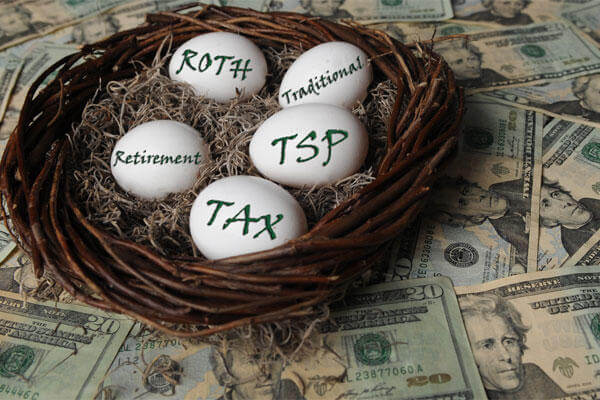The U.S. Defense Department's proposed budget for fiscal 2017 seeks to rein in the military's new retirement system recently passed by Congress by delaying when junior troops can begin receiving matching contributions, a budget analyst said.
In documents released Tuesday as part of the proposed budget for the fiscal year that begins Oct. 1, the Pentagon indicated it wants to change when service members can begin receiving matching retirement contributions -- from their third year of service to their fifth year of service.
The change would mean many junior enlisted personnel -- a key demographic targeted by lawmakers in their push to make the military retirement system more equitable -- would have to wait two more years before seeing matching contributions of up to 6 percent of pay from the government.
At the same time, the Pentagon is proposing to let longer-serving troops, enlisted and officers alike, receive matching contributions until they retire -- whenever that may be and similar to civilian government employees. As the law stands now, matching contributions would end after 26 years of service, according to budget documents.
Army Lt. Gen. Anthony Ierardi, director of force structure, resources and assessment at the Joint Staff, touched on the issue during a budget briefing at the Pentagon.
"You'll also see modest modifications for the blended retirement system," he said, "and I'll just talk very briefly here, first to increase the force-shaping ability of the services to provide greater flexibility and continuation pay of that portion of the law that was passed to create blended retirement, and to start matching contributions later to incentivize retention."
Ierardi added, "Next we want to obviously ensure nearly-equivalent lifetime benefit here and increase the defined contribution matching rate, and allow it to occur until the end of service as opposed to a particular point in time in a service member's career."
Todd Harrison, director of defense budget analysis and a senior fellow at the Center for Strategic and International Studies, a Washington, D.C.-based think tank, was frank in his assessment of what the move would mean for the military's rank and file.
"DoD takes swipe at new retirement system, cuts matching contribution for junior troops and increases match for senior officers & enlisted," he tweeted.
Harrison elaborated on the issue in a telephone interview with Military.com.
"They're taking retirement savings from junior folks and giving it to senior folks," he said. "I think that actually has a negative effect on retention because if people aren't getting matching retirement, they're not going to value it."
Harrison added, "It doesn't seem to be well thought out. This goes against the intent of Congress. This goes against the intent of the compensation commission. But it's not surprising either because this is just senior military leaders continuing to resist changes to make the retirement more equitable."
He was referring to the Military Compensation and Retirement Modernization Commission, which studied the issue for nearly two years and concluded the retirement change and other proposals would give troops, retirees and their families more benefits options while saving the government $12 billion a year by 2040.
Congress last year agreed with the panel and approved a major overhaul of the military retirement system by adding a 401(k)-like plan and mid-career financial incentives designed for the roughly four in five troops who serve less than 20 years.
The new 401(k)-style Thrift Savings Plan slated to take effect Jan. 1, 2018, was paid for in part by reducing the existing defined-benefit plan. Under the existing plan, most officers and enlisted personnel who serve 20 years receive annual retirement pay equal to half of their average basic pay over their last three years of service. The figure was reduced from 50 percent to 40 percent.
The so-called blended retirement system doesn't affect current troops or retirees, though service members with less than 12 years of service at the end of 2017 can elect to opt-in.
In its fiscal 2017 budget, the Pentagon also proposed increasing the Thrift Savings Plan matching contribution to 5 percent, which when combined with an automatic 1 percent government contribution after 60 days of service, would bring the total contribution to 6 percent after five years.
Note: This story was updated to include a quote from the Army general beginning in the fifth paragraph.
--Brendan McGarry can be reached at brendan.mcgarry@military.com. Follow him on Twitter at @Brendan_McGarry.
Check out the latest pay-related news on our Military Pay app. Get it now on Google Play or iTunes.




























